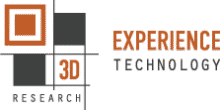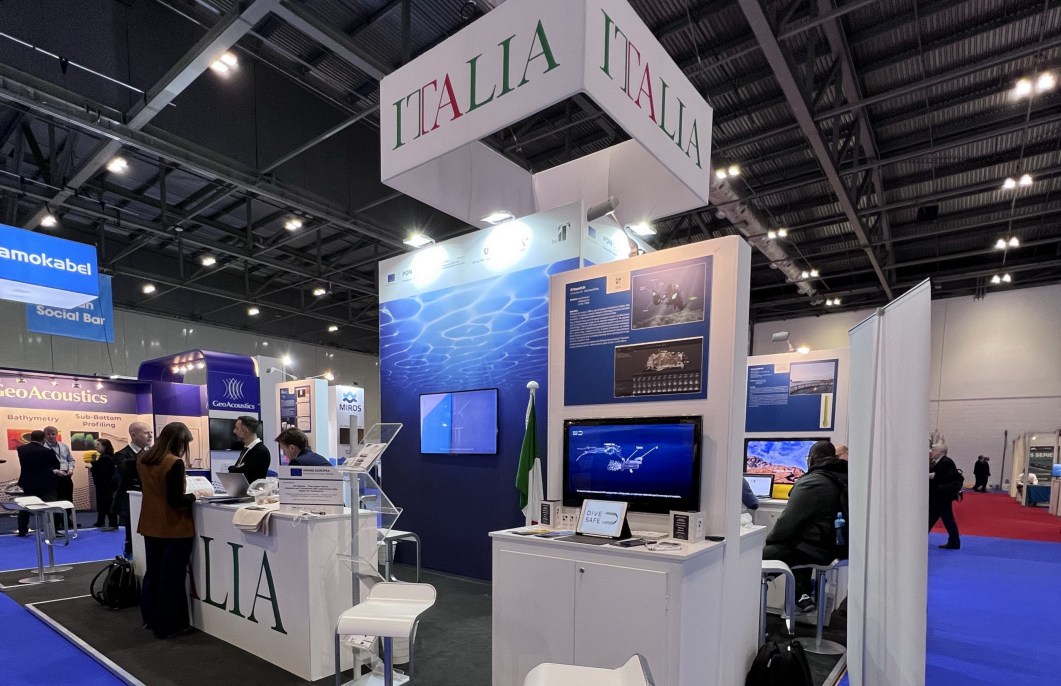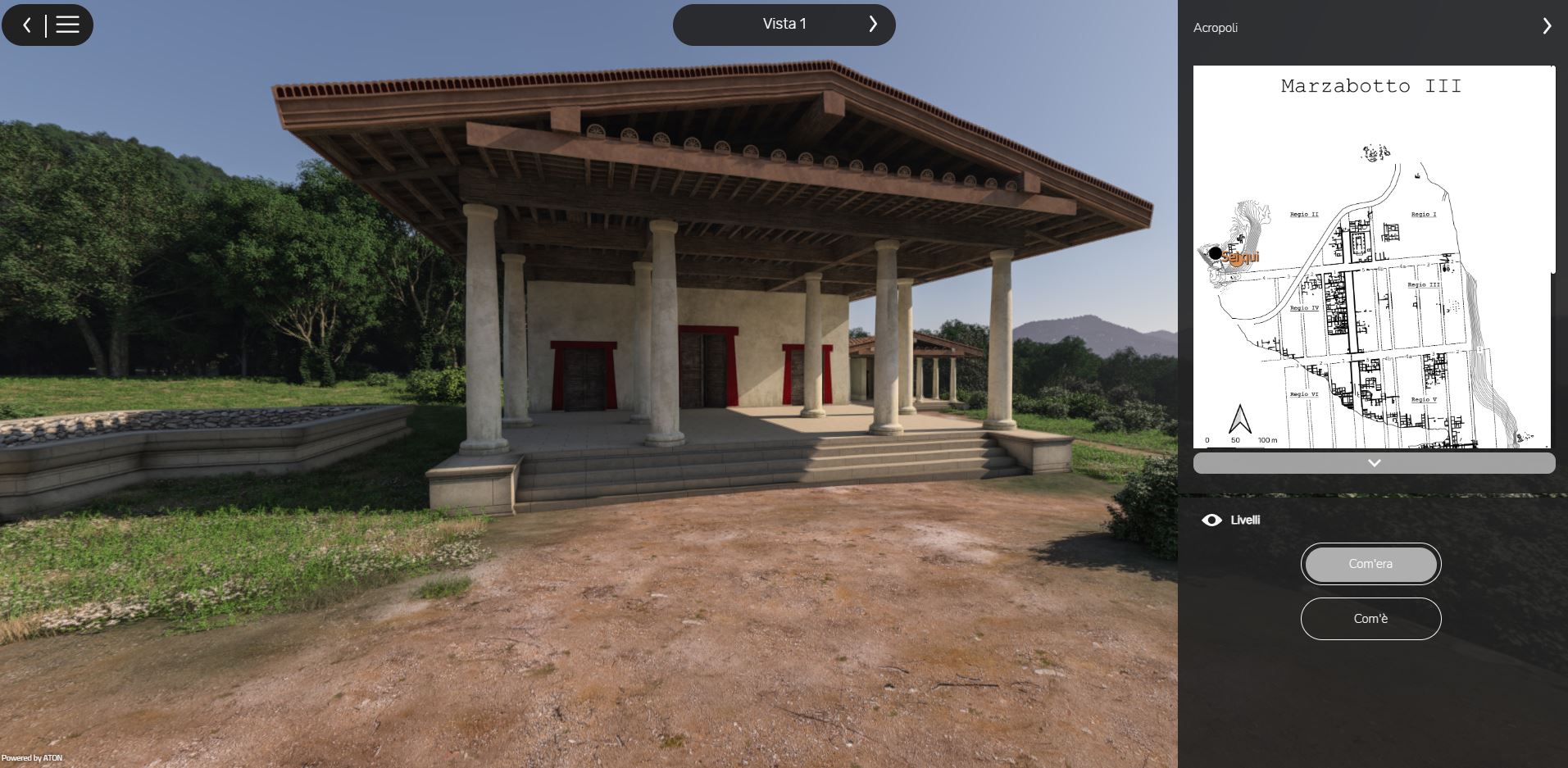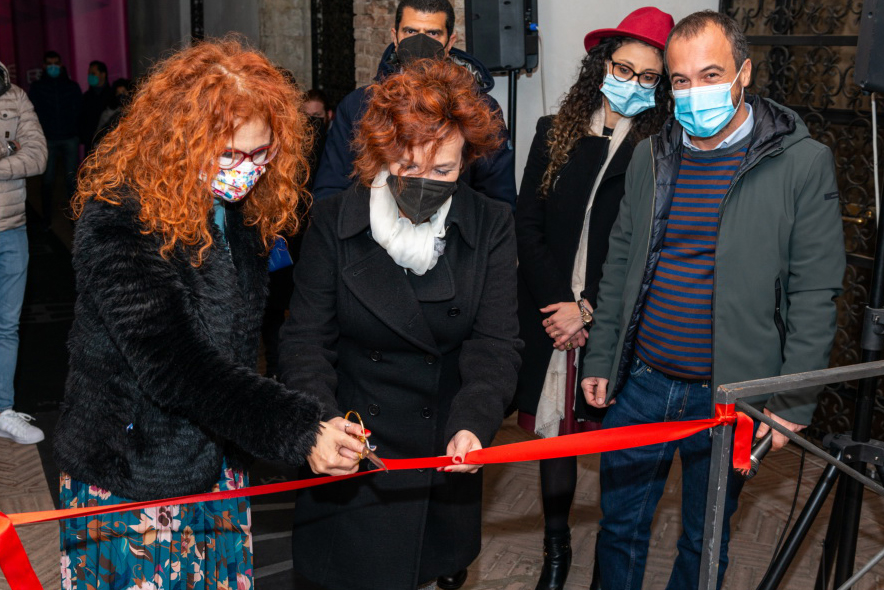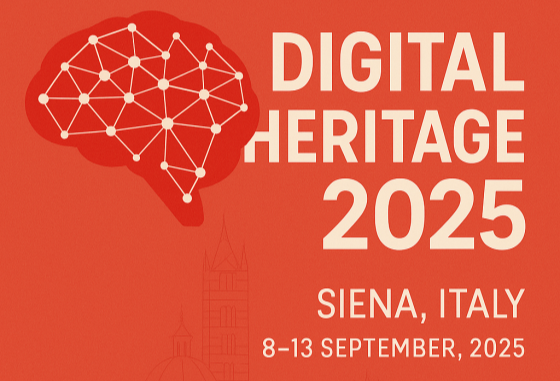
3D Research at Digital Heritage 2025: new frontiers of digital culture
- September 19, 2025
From September 8th to 13th, 3D Research presented the projects CREAMARE, Heriverse and Illuminated Manuscripts at the fourth edition of Digital Heritage International Congress & Expo, an international event dedicated to the application of digital technologies to the study, conservation and enhancement of Cultural Heritage.
The congress took place at Palazzo San Niccolò, a historic building in the heart of Siena, a city renowned for its extraordinary historical and artistic heritage. It brought together scientific conferences, workshops, panels and presentations of digital tools from numerous disciplinary fields: from computer science to archaeology, from museology to art, up to the conservation and valorization of tangible and intangible heritage.
The 2025 edition featured the participation of experts, institutions and professionals from all over the world, creating a unique forum for exchange between scientific research, case studies and practical applications.
At the core of the program were key themes such as 3D documentation and artificial intelligence, together with new forms of digital interaction (such as VR, AR and XR), increasingly engaging and accessible.
During the event, 3D Research showcased three projects that reflect the goals and vision of Digital Heritage: to create, share and make Cultural Heritage accessible through innovative and sustainable solutions:
-
CREAMARE is a project aimed at enhancing and protecting underwater heritage, often overlooked and little known, while also highlighting the environmental challenges that threaten marine ecosystems, through the development of a serious game (SG) – CREAMARE: The Game. This immersive and engaging narrative video game takes players on a first-person adventure, featuring puzzles and realistic scenarios of the Mediterranean seabed.
-
Heriverse is a webapp that allows users to view, edit and create knowledge graphs directly from a browser, without the need for installation, and it is compatible with PC, tablets, smartphones and virtual reality devices. One of its most interesting features is the simultaneous visualization of multiple graphs: an option that makes it possible to compare reconstructive hypotheses, analyze parallels between different sites or trace the evolution of an object or phenomenon over time. The platform also integrates Extended Matrix (EM), a formal language developed specifically for cultural heritage, which enables specialists to intuitively document multi-temporal phenomena, polymorphic objects and evolutionary processes in fields such as archaeology, architecture and conservation.
-
Illuminated Manuscripts Hub is an interdisciplinary environment integrated into the DigiLab-IT platform. The project explores new ways of representing and studying ancient manuscripts, going beyond simple 2D digitization. Thanks to the integration of knowledge graphs, 2D, 3D and 4D models, the platform allows the contextualization and interconnection of information regarding structure, script, execution techniques, conservation status and textual content, thus offering a deeper and more comprehensive understanding of manuscripts.
Participation in Digital Heritage 2025 represented a significant opportunity to share experiences, technologies and visions on the future of digital culture. The projects presented demonstrate how the synergy between research, innovation and heritage can open up new perspectives in the understanding and enhancement of culture.
